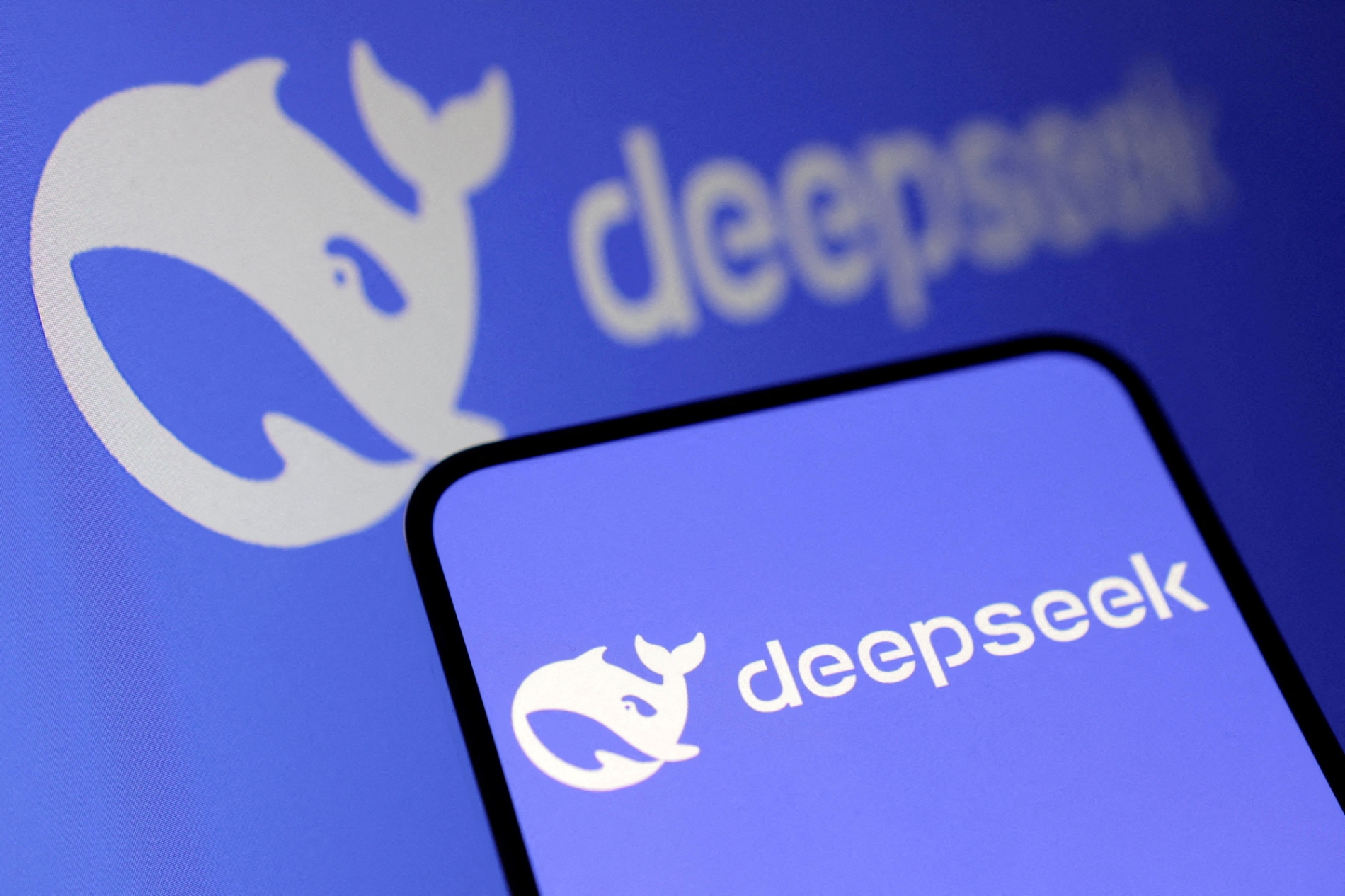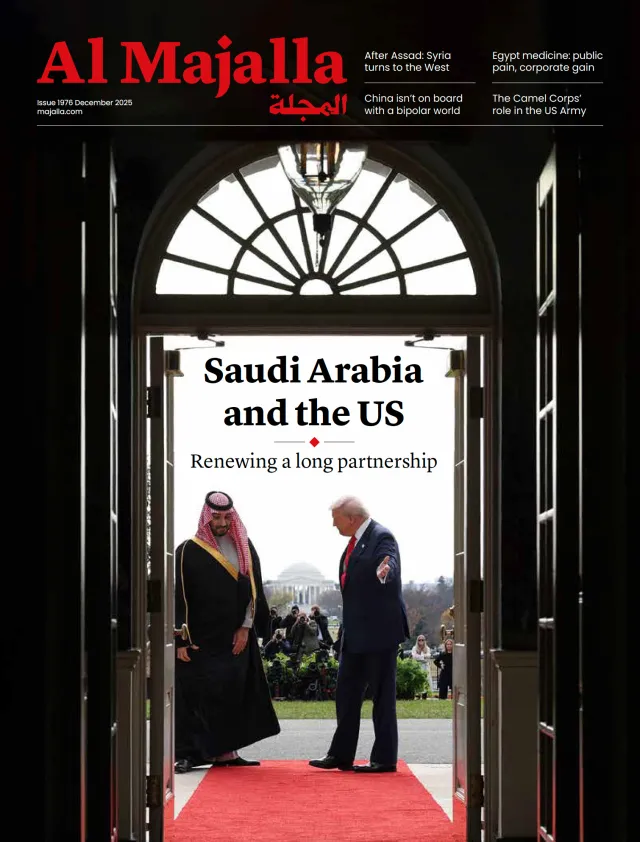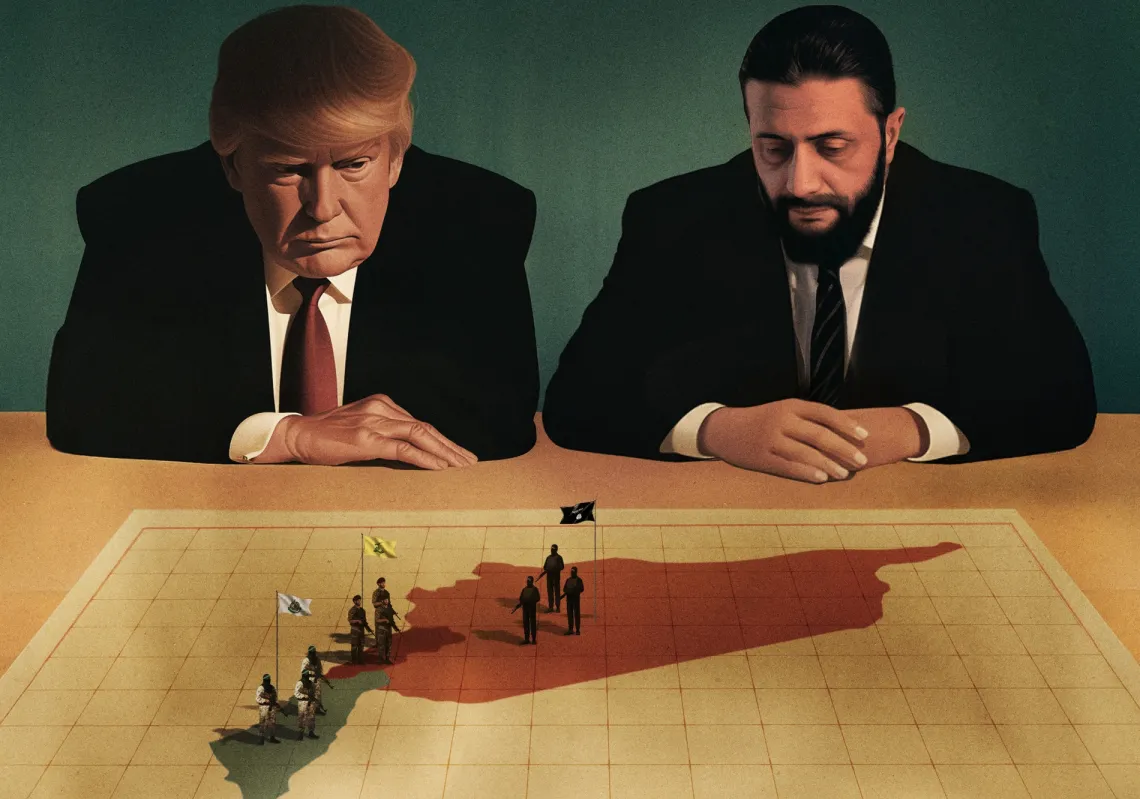Energy calculus
As a technology, AI has an insatiable appetite. Energy costs in the United States are higher than in countries such as China, which boasts lower electricity costs and an advanced renewables sector, so with energy prices around $0.03 per kWh in some areas, the Gulf is ideal for energy-intensive AI data centres, which could consume up to 12% of US electricity by 2028 if built domestically.
The planned gigawatt-scale facilities in Saudi Arabia and the UAE, along with their energy advantages, are powerful incentives for American AI companies to set up in the Gulf, where the UAE has appointed the world's first Minister of AI. Google Cloud and the Saudi sovereign wealth fund PIF are investing $10bn to jointly build and operate an AI hub in Saudi Arabia, while Amazon's AWS and Humain announced a joint $5bn investment to build an 'AI Zone' in the Kingdom to develop advanced AI services.
These reflect strategic responses to the energy economics of AI development, and given that China dominates the supply chain for the green energy revolution, it has significant leverage in the global energy transition that underpins AI development. For now, however, the Gulf's fossil fuels give it an immediate energy advantage.
Chinese alternative
While the headlines have focused on US-Gulf AI partnerships, the Gulf states are not blind to other options, such as China, pursuing what some call 'technological hedging'. While the US dominates in computational capability and chip design, China provides open-source low-cost AI alternatives and renewable energy solutions. Although China may not make the most cutting-edge chips, it has developed critical alternative capabilities, and its AI models are closing the gap with their American peers.
Their dramatically lower costs and the open-source approach China takes offer technological sovereignty that proprietary US systems cannot match. Chief among the riders here is DeepSeek, a Chinese AI start-up which stunned the tech world in January with its V3 model, trained for $6mn (about 6% of the costs of training ChatGPT4), while using only around 10% of the computing power used by Meta's Llama 3.1 model.

Most American AI models use proprietary data sets and algorithms, but DeepSeek is open source, meaning that anyone can download it, copy it, and build upon it. This open-source philosophy aligns perfectly with Gulf aspirations for technological sovereignty. Chinese AI companies—from tech giants like Baidu, to startups such as ManusAI—are increasingly adopting open-source licensing models, mirroring Google's Android and the open-source approach it took that transformed mobile development into a global innovation ecosystem.
Building an ecosystem
For Gulf developers seeking to build indigenous AI capabilities without massive computational requirements, credible Chinese models offer them leverage and bargaining power in discussions about technology transfer, pricing, and strategic commitments by US companies. This is about hedging against dependence on US technology, so that it does not become a strategic vulnerability for the Gulf.
Indigenous capabilities are being created and used, including the UAE's Falcon large language model (LLM) and ASK71 platform (which generates insights and automates workflows) have been adopted across government ministries to streamline public services.
DeepSeek is already operating through Saudi Arabia's Aramco Digital data-centres in Dammam, an arrangement carefully structured to avoid direct confrontation with American interests. Its data localisation strategy addresses sovereignty concerns while providing Gulf states with access to Chinese AI capabilities that complement (rather than displace) the US partnerships.
Of interest has been the deployment's timing and methodology, since it potentially offers DeepSeek access to advanced AI infrastructure that may contain restricted chips through rental arrangements, rather than direct ownership. It also gives the Gulf states options should the US weaponise its AI exports, such as when it limited Chinese access to advanced US chips. To borrow an analogy, it avoids all the Gulf's AI eggs being in just one basket.
















